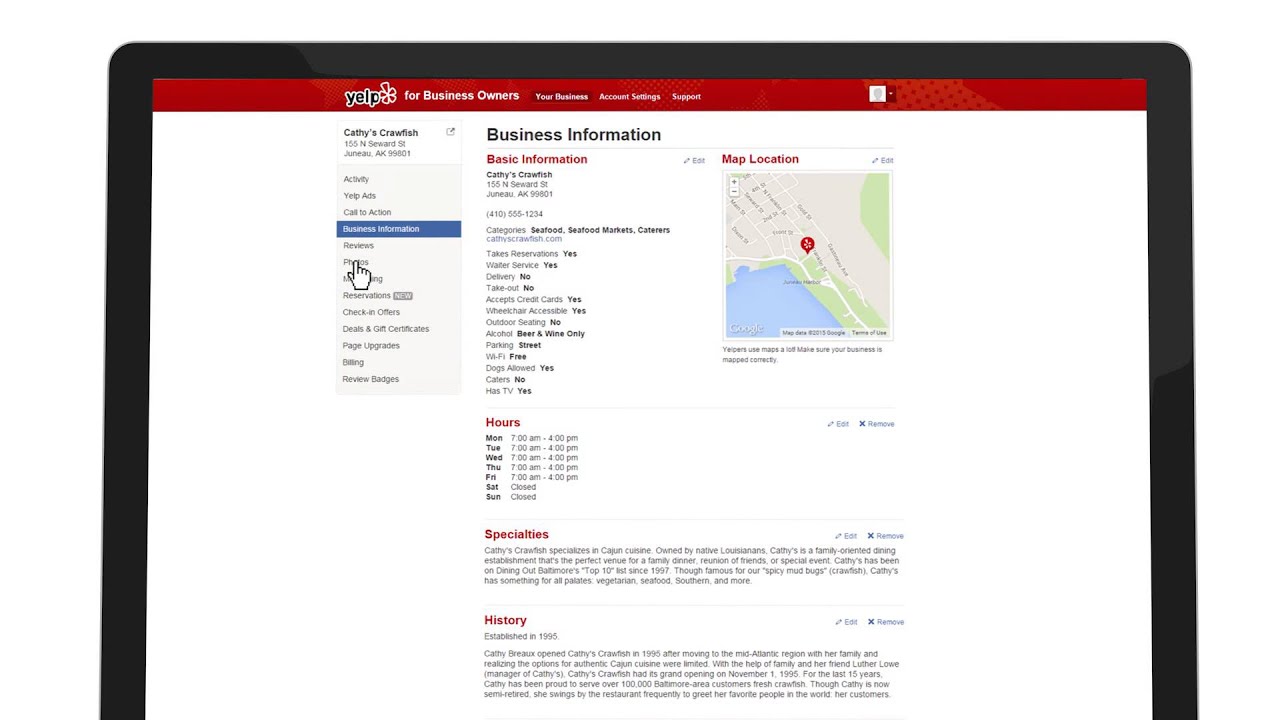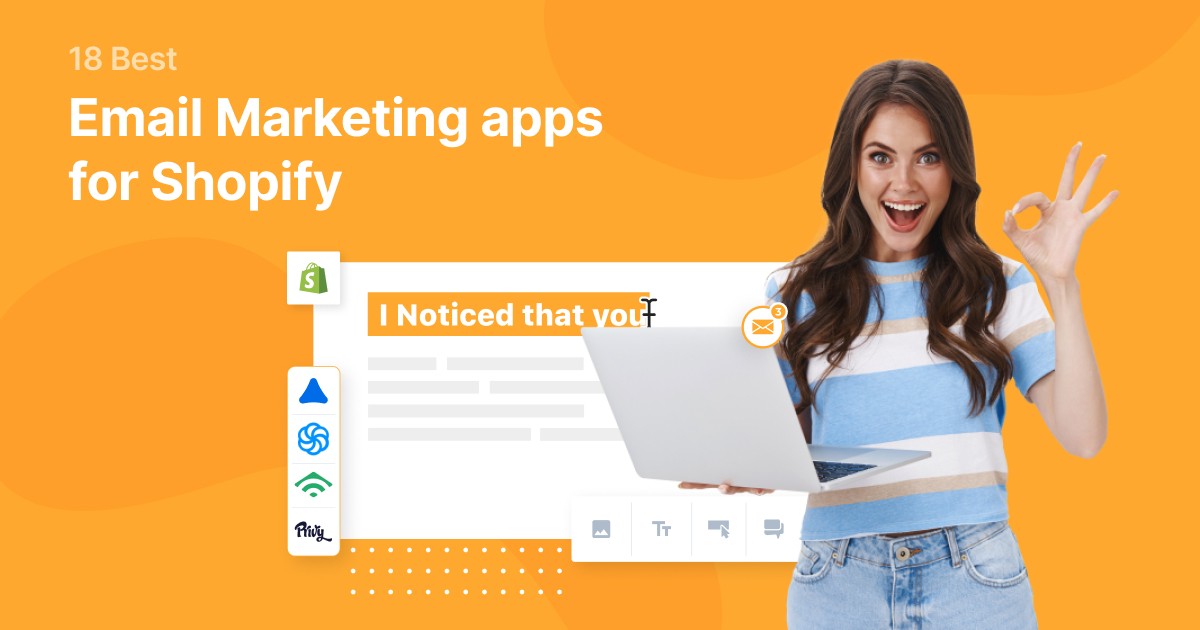
Although there are many options, there is a lot to be aware of when designing an ad campaign. First, determine your overall branding goals. What are your short-term and long-term branding goals? You can use passive and active signals to refine your target audience. You can also use lookalike audiences to further tailor your message. These objectives will help you create your ad. After all, you won't be able to target your audience if you don't know their demographics.
Designing your ad around your target audience
An effective advertisement can be created by knowing your target audience. By developing a profile of your ideal customer, you'll have a better chance of connecting with them and earning their business. Your target audience's interests, preferences and values will allow you to communicate with them better. Research shows that 82% of consumers prefer brands that can understand their interests.

Use both passive and active signals
You need to remember that your ad is leveraging signals to increase the chances of it being seen. Signals are an integral part of Facebook's algorithm. They can be divided into active and passive categories. Passive signals are those that are merely measured, while active signals are those that promote engagement. Consider the difference between active signal and passive signals when you create an ad for a mobile device app.
Geotargeting your ads based upon geography
One of the most effective ways to target your ads is to segment them by geography. Facebook allows you the ability to target people within certain areas of your target area. This can be useful if you're looking for travelers or people who are always on-the-go. Facebook allows you to target people within 10 and 20 miles of your target area. By targeting your ads based on geography, you can maximize your return on ad spend and attract more repeat customers.
Using lookalike audiences
Facebook allows you the ability to create Lookalike Audiences. This is based on page traffic. This list can be used to create targeted ads that target customers and potential customers. Facebook matches your data to other users in its database. With other targeting parameters such gender, age and interests, lookalike users can be combined. You can create lookalike audiences by combining Pixel data with customer information and your page's fans.

Getting more leads from your ad
For more leads, it is important to place a call for action on your Facebook ads. People who see your Facebook ad are likely to be interested in your solution and will ask questions. You can increase your sales by using automated placement. Make sure that your call-to-action is appropriate for the type of lead you want to create.
FAQ
How much does it cost to advertise on social media?
You should be aware that social media advertising costs money. Based on the time spent on each platform, you will be charged monthly.
Facebook - $0.10 per 1,000 impressions
Twitter - $0.20 per 1,000 impressions (if you tweet)
If you send invitations, Linkedin: $0.30 per 1,000 impressions
Instagram - $0.50/1000 impressions
Snapchat - $0.60 per 1,000 impressions ($0.40 per user)
YouTube – $0.25 per 1000 views
Tumblr: $0.15 per 1,000 impressions of text posts
Pinterest - $0.05 per 1,000 impressions per month
Google + $0.15-$0.20 for 1,000,000 impressions
Tumblr: $0.15-$.20 per 100,000 impressions
Vimeo - $0.20 - $0.25 for 10,000 impressions
Soundcloud - $0.20 - $0.0.25 for 1,000,000 plays
StumbleUpon - $0.20 -$0.25 per 1 billion pageviews
Digg - $0.20 to $0.25 per 1000 diggs
Reddit $0.20-$0.25/1000 comments
Wordpress - $0.20 - $0.25 for 500 comments
Flickr - $0.20 -- $0.25 per 5,000 photo uploads
What is an Ad Campaign?
An advertisement campaign is a series containing advertisements to promote a product. It could also refer the entire production of such advertisements.
The term "ad" comes from the Latin word for "to sell." The first known use was by Marcus Terentius Varro (116-27 BC), who used it as a verb meaning "to make a sale."
Advertising campaigns are typically done by large agencies and companies. These campaigns may include many media types such as print, television, radio and the internet.
Advertising campaigns typically last for several months and have specific goals. One example is that some campaigns seek to create awareness while others are more focused on increasing sales.
What should you know about radio advertising
You should understand how the different types of media affect each other. Remember that all media types are complementary, not competing.
Radio is best utilized as an extension to TV advertising. It can reinforce key messages and provide additional information.
Radio listeners often find TV commercials too lengthy. Radio ads are often shorter and cheaper.
What is branding?
Your brand is the way you express who you are and what your stand for. It's how you make people remember you when they hear your name.
Branding involves creating an identity that makes your company stand out. A brand does not only include a logo, but includes everything that you look like and how your voice is used by employees.
Because customers know exactly what they are getting, strong brands help them feel confident in purchasing from you. Customers feel confident in choosing your products to those of their competitors.
A good example of a well-branded company is Apple. Apple's brand is well-known for its stylish design, high-quality products and outstanding customer support.
Apple's brand is synonymous with technology. Apple is what people think about when they see a smartphone, computer or tablet.
You should think about creating a brand if you are considering starting a business. This will give you and your business a face.
What should you know about internet marketing?
Internet advertising is an important part of any business strategy today. It allows companies to reach potential customers at low costs. There are many forms of internet marketing. Some are free and some require payment.
You can also advertise online using banner ads, pop up ads, search engine optimization, pay-per-click advertisements (PPC), social media marketing (e-mail marketing), and mobile marketing. Each method has its benefits and drawbacks.
How do I choose my target market?
Start with yourself and those closest to your heart. If you don’t know where or how to start, ask yourself "Whom are I trying to reach?"
Ask yourself the following questions: Who are my industry's most influential people? What are their biggest challenges? Who are the smartest people in my industry? Where do they hang out online?
Return to the beginning. Why did you begin? What was your problem and how did it solve?
These answers will help to identify your ideal clients. They will also reveal their personality and reasons for buying from them.
It is also possible to look at the websites and social networks pages of your competitors to get insight into who they cater.
Once you've identified your target customers, you'll need to decide which channel(s) to use to reach them. If your company offers services to real estate agents you might make a website that targets home buyers.
If you provide software to small businesses, you could develop a blog targeting those companies' owners.
If you sell clothing, you can create a Facebook fan page for teens. Or if you're a restaurant owner, you could set up a Twitter account for parents looking for kid-friendly places to eat.
It is important to remember that there are many methods of getting your message across.
Advertising what is it?
Advertising is an art form. Advertising is more than selling products. It's all about creating emotional connections between people with brands.
Advertising is about sharing stories and using images for ideas.
You must communicate clearly and persuasively. It is important to share a story that appeals to your target audience.
Advertising is different than other communication methods, such as writing or public speaking.
You are building a brand identity when you run a successful advertising campaign.
This is how you are memorable. You become someone that people remember.
Statistics
- Advertising's projected distribution for 2017 was 40.4% on TV, 33.3% on digital, 9% on newspapers, 6.9% on magazines, 5.8% outdoor, and 4.3% on radio. (en.wikipedia.org)
- Advertising spending as a share of GDP was about 2.9 percent. (en.wikipedia.org)
- This means that at least 50% of an ad needs to be shown on the screen for at least one second. (quicksprout.com)
- In 1919 it was 2.5 percent of gross domestic product (GDP) in the US, and it averaged 2.2 percent of GDP between then and at least 2007, though it may have declined dramatically since the Great Recession. (en.wikipedia.org)
External Links
How To
How to make Sponsored Ads on Facebook
Facebook has quickly become one the most widely used social networking platforms. The global population is 1.79 billion. The number keeps growing every day.
Facebook is free but you must pay to reach your audience. You can also opt for paid advertising options such banners or promoted posts.
Log in to an existing app, if you already own one. Otherwise, click "Create New App." These are the steps to follow:
-
Click "Add Platform", under the Apps section.
-
Click Continue, then select "Advertising".
-
Please complete the form and submit it.
-
Once you have been approved, you will receive a Client ID number and a Secret key. Copy them.
-
Then, copy the keys into the appropriate areas.
-
Enter the name of your campaign, and then select the currency.
-
Click on "Start Campaign"
-
Follow the instructions until you see the first banner. Copy the URL and return to your Facebook page.
-
Paste the code in the box provided via Facebook
-
Click "Save Changes."
-
Your ad needs to be now live
-
Repeat steps 10-12 for each banner you would like to make.
-
Click "Continue" when you're done.
-
Create your final ad group.
-
To view all your campaigns, click on the "View All Ads” button once you have completed.
-
Simply click the "Remove ad" button next each individual ad.
-
If you are not seeing results after running your campaign check that you have followed the directions.
-
Be sure to verify the date range of your campaigns.
-
Make sure you set your budget appropriately.
-
You can save your changes.
-
Before you click "Submit", make sure to review the settings.
-
You can wait for your ads on your timeline to appear.
-
Congratulations for a job done well!
-
Now let's look at some tips for improving your results.